With classic car values from the ’60s and ’70s reaching astronomical heights in 2025, most Americans looking to get into owning an older car are starting to find it harder to do so, simply because it’s just becoming way too expensive. A lot of older models that were seemingly mundane when new many decades ago are selling for excessively high amounts, simply because they are old. There are still some options that you can consider, but these are highly unlikely to hit high values. If you’re looking for a retro classic that will evolve into a viable investment, you have to start looking at models from the ’80s and ’90s.
The Subaru SVX is a great example of a future investment that a lot of collectors appear to have totally forgotten about. Japanese models from this era have already been hit with massive sales prices that far outvalue their MSRPs when new, but this quirky grand tourer can still be had for very competitive prices. Bear in mind that this is a niche and low-volume classic with a limited parts basket, but the retro futuristic coupe is certain to be a highly valued model in years to come for many reasons. Subaru has evolved into a brand that plays things extremely safe, which is a strategy that hasn’t really been working out for it. The SVX is a reminder of times when it wasn’t afraid to take risks.
The SVX Is Subaru’s Retro Hidden Gem

A scenic static side-front-quarter shot of a white Subaru SVXSubaru
The Subaru SVX is one of those models that you wouldn’t guess was a Subaru if you removed all the badges, because it is so far removed from what the brand does today. There’s no exact count of how many of these models are still in the U.S., but estimates suggest that there could be around 700, meaning that they are far and few. Subaru sold the SVX in the U.S. between 1992 and 1997, during which time it sold a confirmed 14,257 copies. Finding an SVX listed on the used market is a rare occasion, but you can still pick a really clean example up for around $6,000. Top-of-the-range updated all-wheel drive models can fetch as much as $10,000.
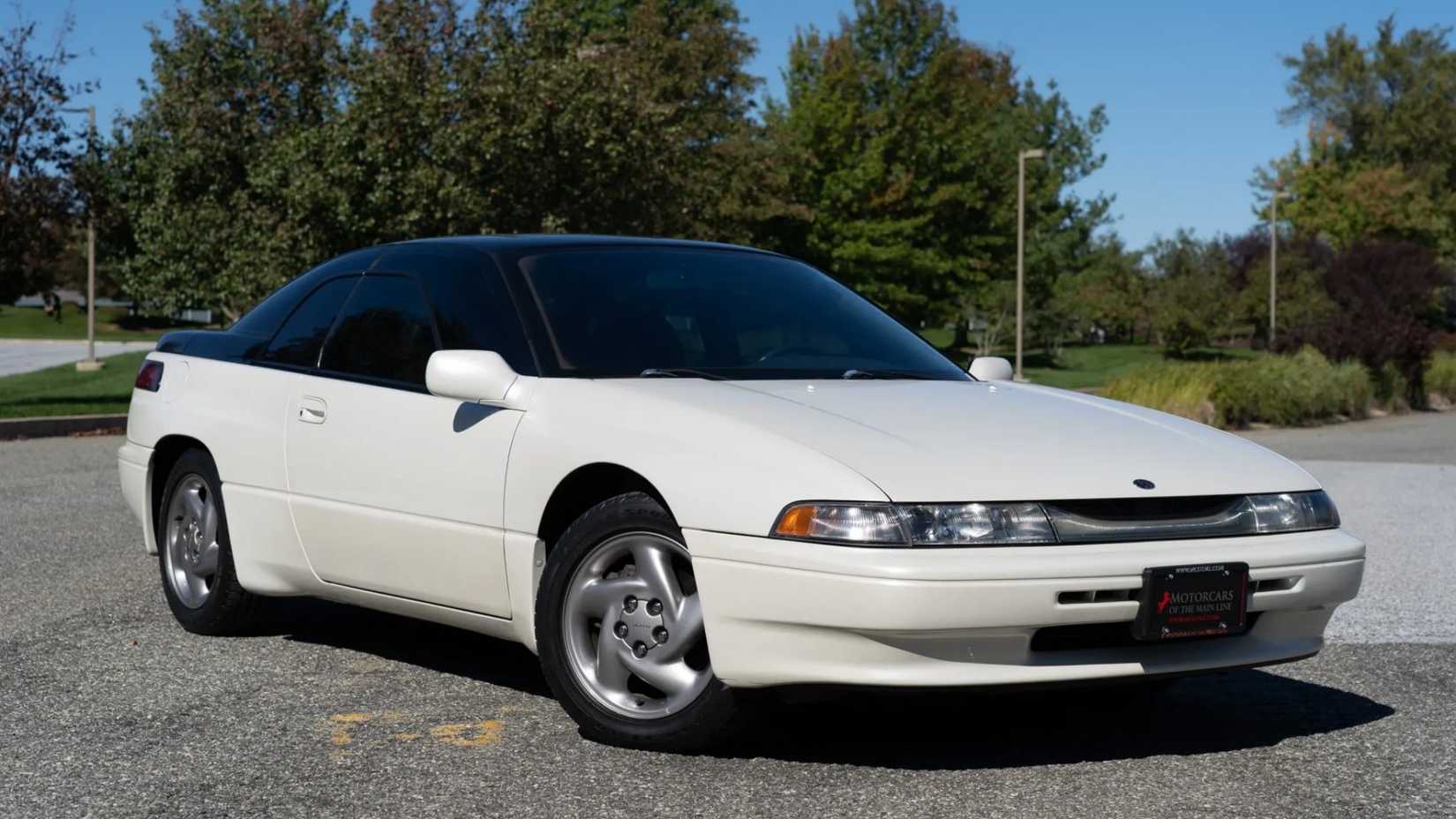
1992 Subaru SVX in white front 3/4 shotBring A Trailer
As per J.D. Power, the average value of a 1997 Subaru SVX comes in at just $3,550. Kelley Blue Book values the model at just $2,767. These are very generous, as numerous previous listings show them selling for a couple of thousand more, but still a much more competitive rate. Subaru introduced the SVX to combat the likes of the Acura NSX. If we compare the values of these two models, the Acura massively outperforms the Subaru. When new in 1997, pricing for the SVX range started at $30,625. The equivalent NSX would have cost you an eye-watering $84,000.
Subaru’s Flat-Six Grand Tourer
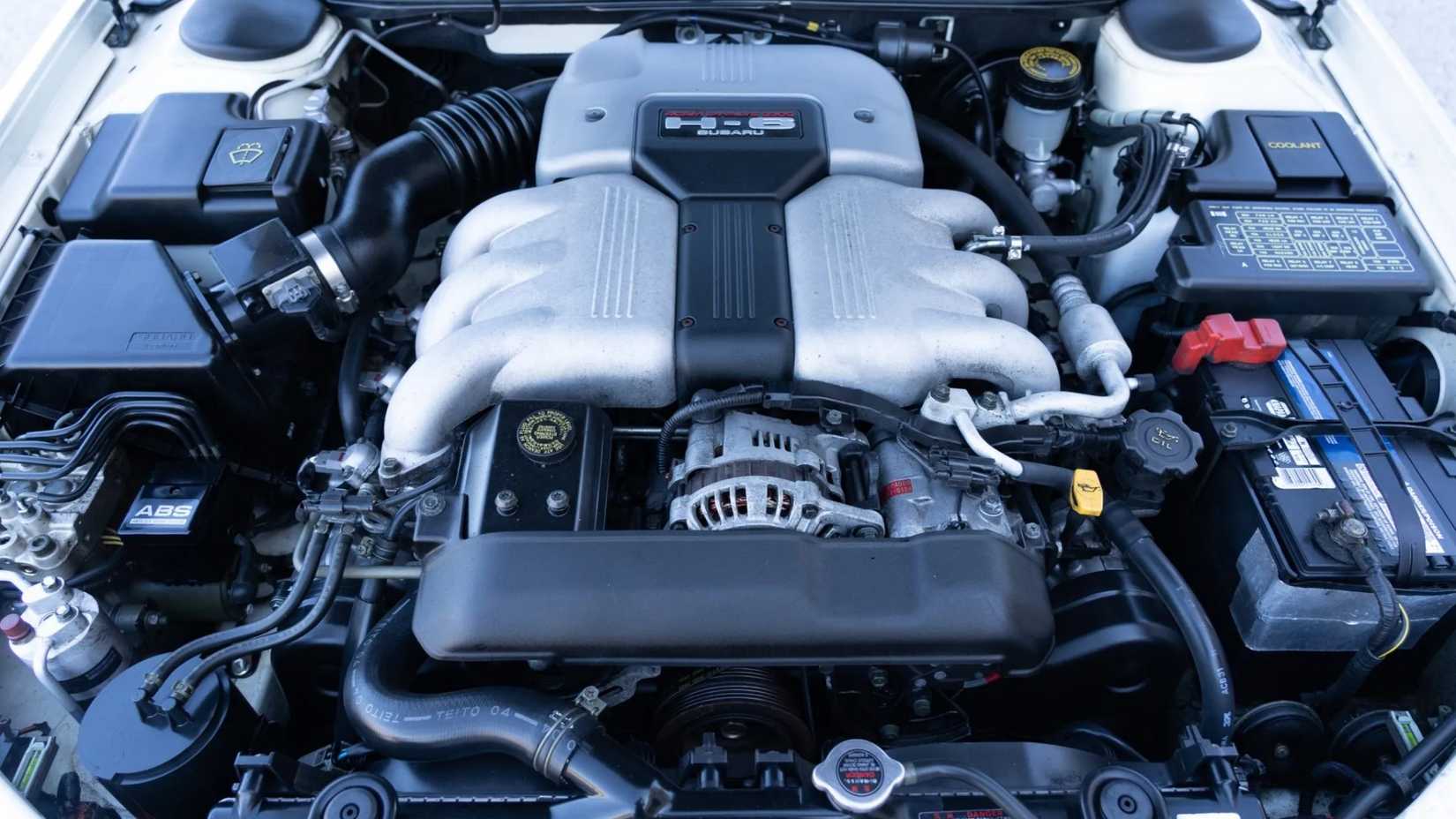
1992 Subaru SVX Engine bayBring A Trailer
The SVX stays true to Subaru’s boxer powertrain formation, but interestingly, it adopts the EG33 naturally aspirated 3.3-liter flat-six drivetrain, available with a four-speed automatic all-wheel drive system. From 1994 to 1995, Subaru U.S. introduced a competitively priced front-wheel drive model, but these performed very poorly and typically sold in far lower numbers.
1992-1997 Subaru SVX Performance And Specifications
Engine
3.3-Liter Flat-Six
Power
230 HP @ 5,400 RPM
Torque
228 LB-FT @ 4,400 RPM
Driveline
All-Wheel Drive
Transmission
Four-Speed Automatic
0-60 MPH
8.0 Seconds
The system sends 230 horsepower and 228 pound-feet of torque to all wheels, but due to the lethargic nature of older torque converters, it was only good enough to squeeze a zero to 60 MPH time of around eight seconds in real-world conditions. It was also able to cover a quarter mile in 15.4 seconds at 92 MPH. Efficiency is not this model’s primary focus, with the EPA estimating a 15/22/18 MPG consumption estimate on the city/highway/combined cycle. It also indicates that you’ll spend $8,500 more on fuel compared to the average new vehicle, spend $3,300 on fuel every year, and $5.53 to drive 25 miles.
The Japanese GT’s Well-Appointed Interior
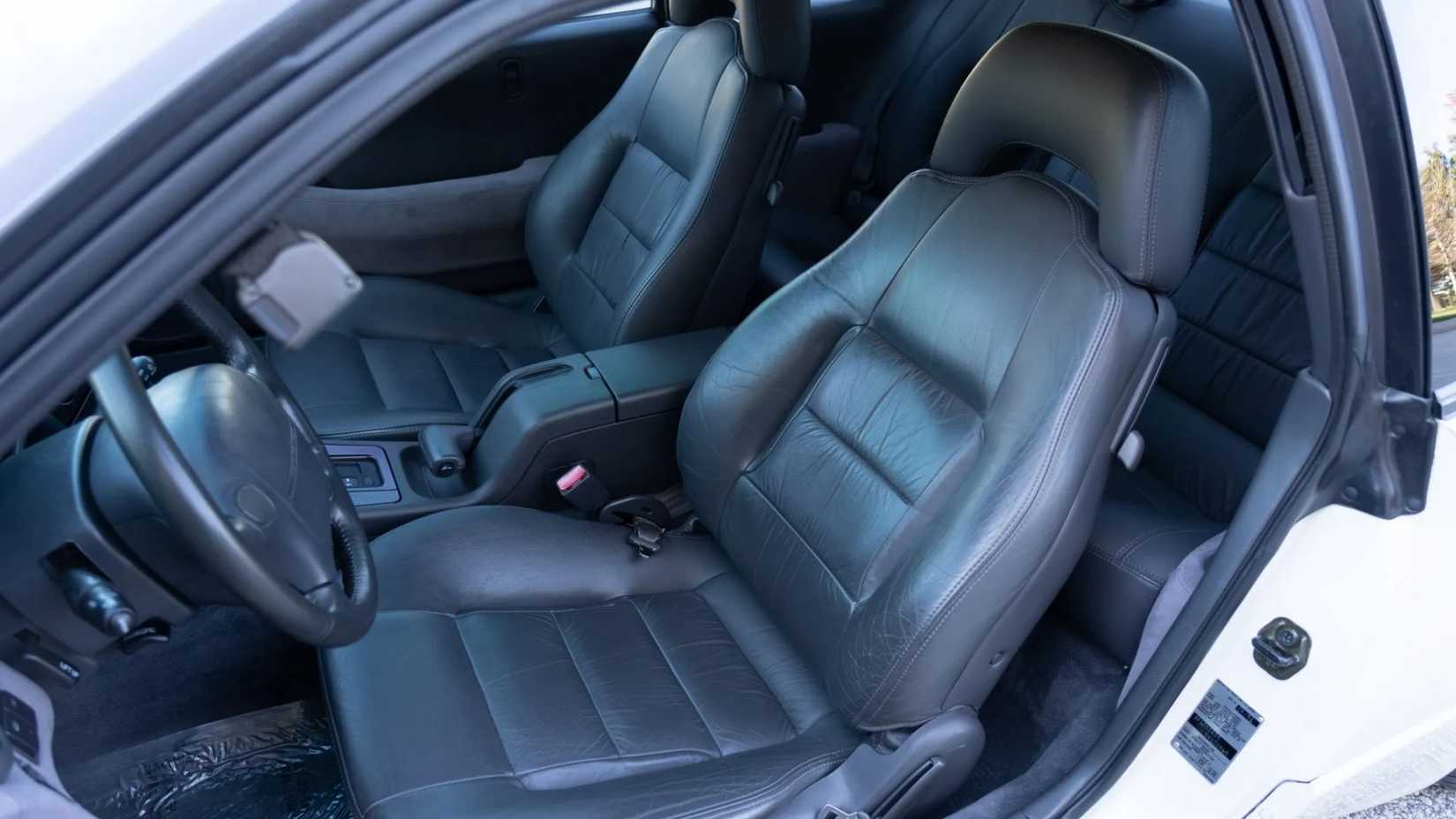
1992 Subaru SVX Seats and interiorBring A Trailer
The Subaru SVX was the Japanese brand’s executive coupe option, resulting in it featuring a highly appointed interior. All models came standard with a 2+2 seating layout consisting of four contour bucket seats with a 50/50 folding rear bench. The LSi-grade model adopts leather upholstery for the seats, wheel, gear level, and hand brake lever. The driver’s seat is electrically adjustable, while both front seats benefit from heating functionalities. The LSi also features wood interior trimmings, while all grades benefit from climate control.
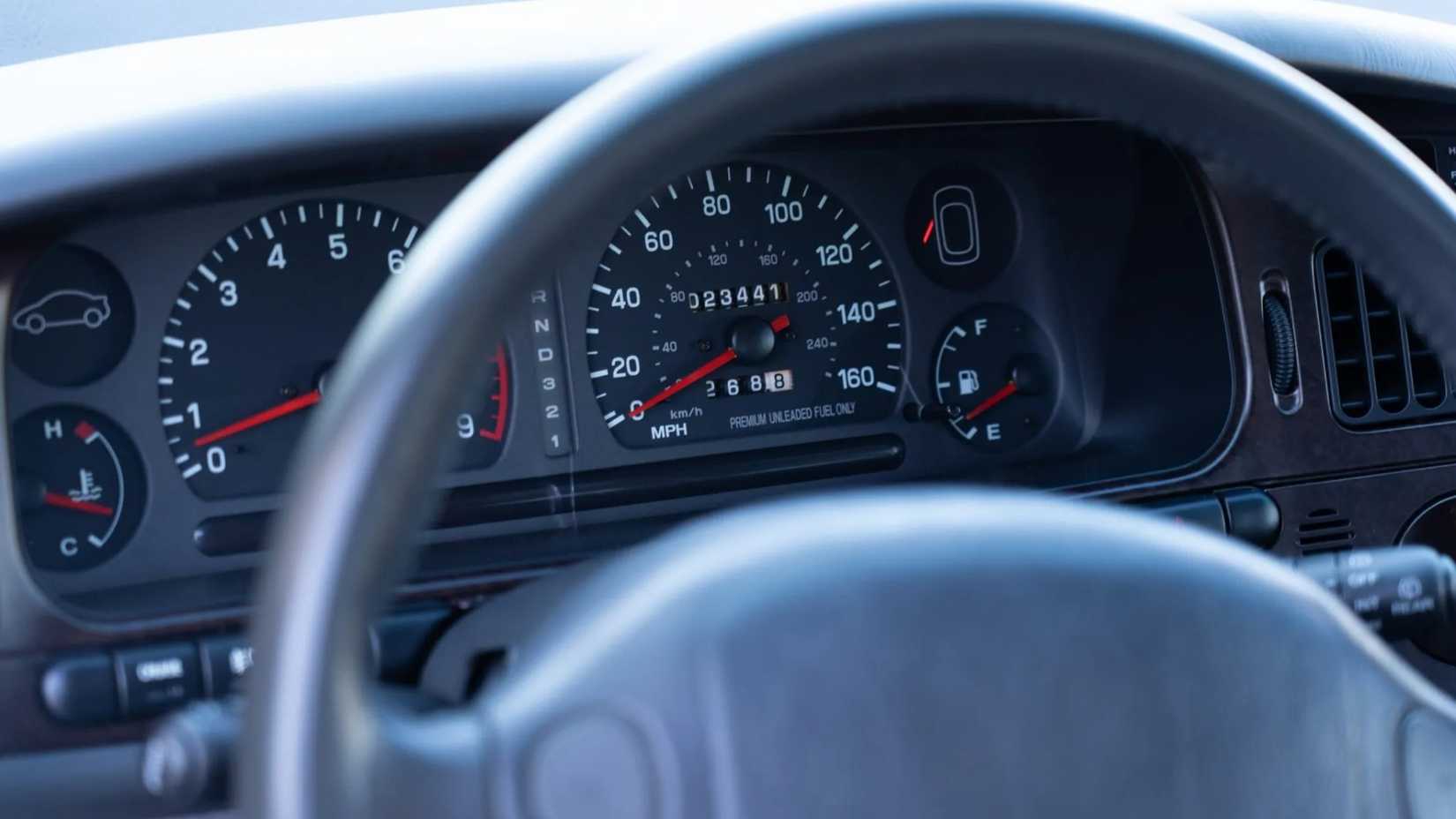
1992 Subaru SVX Instrument ClusterBring A Trailer
For the sake of convenience, the higher trim models also get power windows, door locks, and door mirrors, which are also heated. On the entertainment front, the dashboard features a conventional AM/FM cassette unit, but CD players and a six-speaker audio system are included on higher trim models. Additional key features that were standouts at the time include dual illuminated visor mirrors, a front armrest storage with two cupholders, and a sunroof. The LSi trim features a glass sunroof. On the safety front, all models feature dual front airbags and four-wheel ABS.
What We Can Expect From Future SVX Values In The U.S.
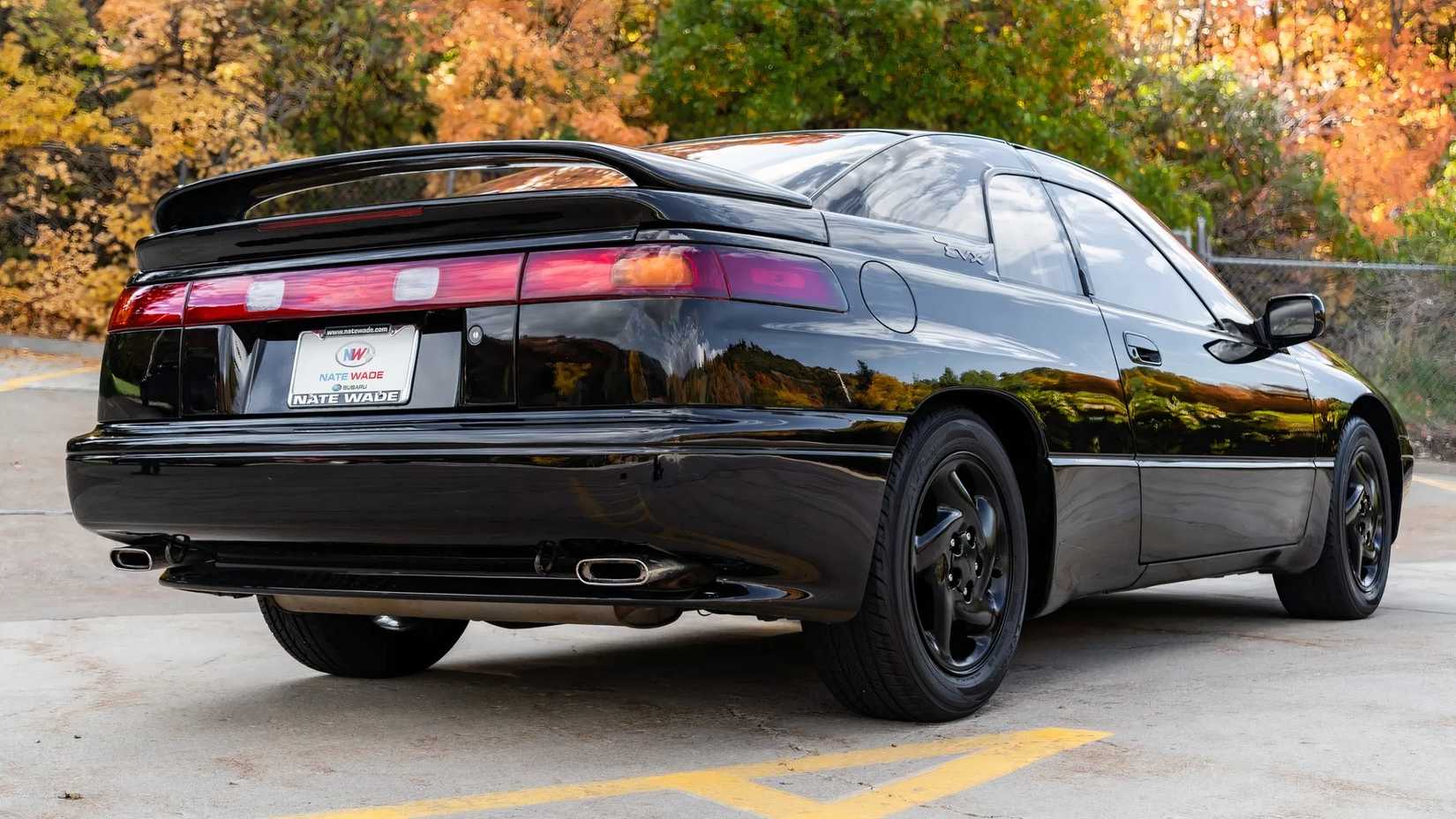
Subaru SVX rear 3/4 shotBring a Trailer
The Subaru SVX should follow a slow and steady appreciation path for the next ten years. We base this prediction on its increasing rarity, rising interest in quirky 1990s Japanese cars, and the wider classic car market trend toward value recovery for overlooked models. This appreciation will remain modest compared with mainstream classics, especially now that the likes of the R34 Skyline GT-R are now legally available for import. Limited desirability and parts challenges also contribute to today’s values sitting in the lower regions, which establishes the baseline for projection.
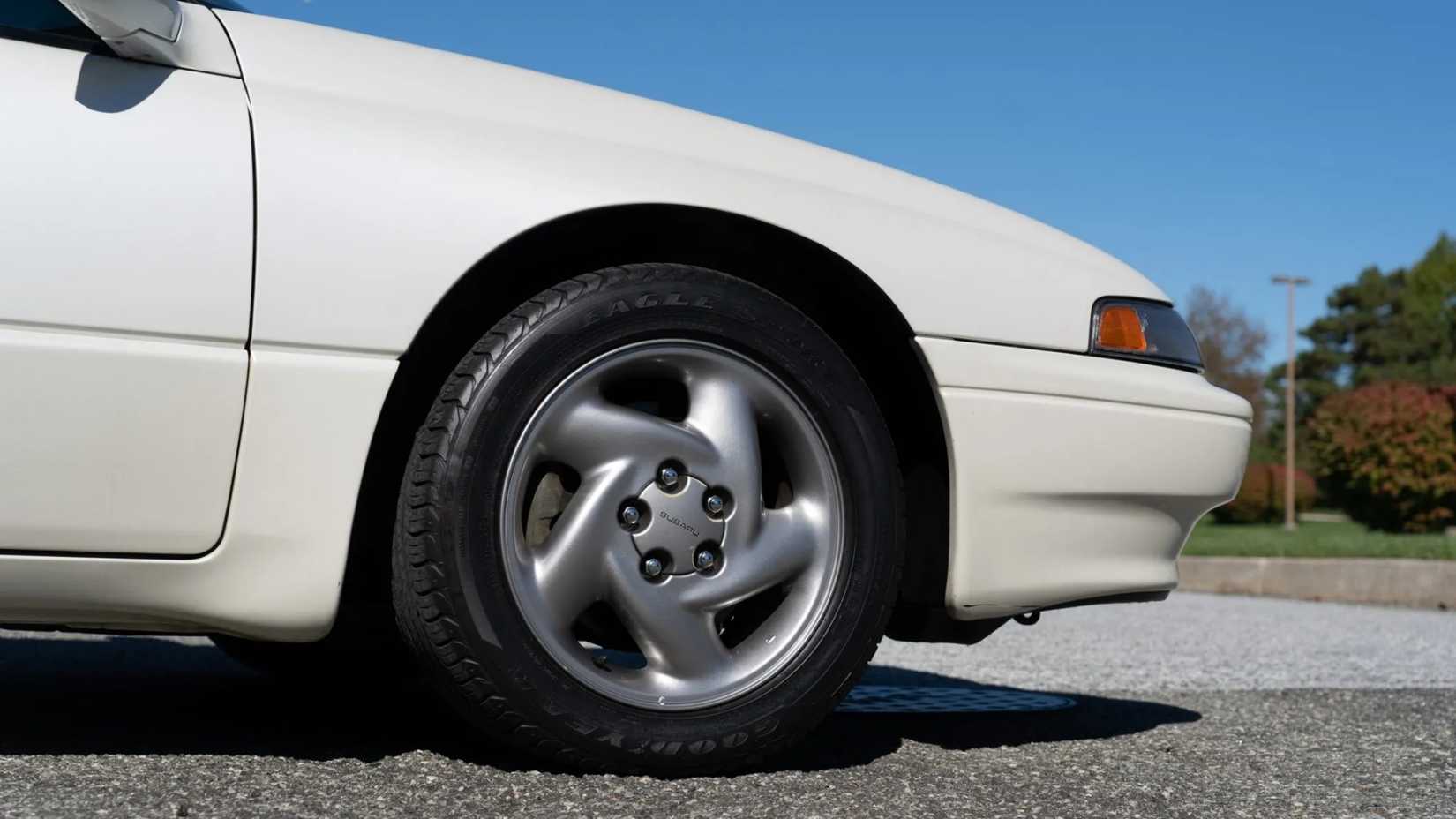
1992 Subaru SVX front wheelBring A Trailer
Classic.com’s auction evidence shows episodic spikes when well-preserved low-mileage LSi trims or unusually original examples appear, with Bring a Trailer results and individual high-sale outliers proving buyer enthusiasm is likely to push specific examples well above the market average, but not shift the whole market overnight.

1992 Subaru SVX in parking garageBring A Trailer
Key factors that will shape the SVX’s value include the scarcity of well-documented low-mileage examples and the availability of maintenance and parts access, especially for the unique boxer engine and transaxle, which Subaru never applied to any of its other products. We are very likely to see rising interest in 90s nostalgia among younger collectors who value unusual styling and advanced features for its day features, such as the bonded glass canopy and luxury interior, and macro trends like fuel price stability and disposable income among hobbyists, which affect bidding in specialist auctions.

Subaru SVX rear 3/4 shotBring a Trailer
However, we also have to point out that classic car ownership for the purpose of daily driving is noticing somewhat of an upward trend, as more younger buyers are starting to appreciate the simpler and older aesthetic. These buyers also don’t mind dealing with the higher fuel consumption, as the lower purchase price and ownership and maintenance costs more than make up for it.

1992 Subaru SVX side shotBring A Trailer
Sentiment also plays a noteworthy role in long-term values. This is an area where the SVX doesn’t really stand out because of how forgotten it is. This can change if it is subject to repeated coverage in specialty press, while classic car lists can nudge perception and increase demand. Continued low visibility in mainstream collector circles will have the opposite effect.
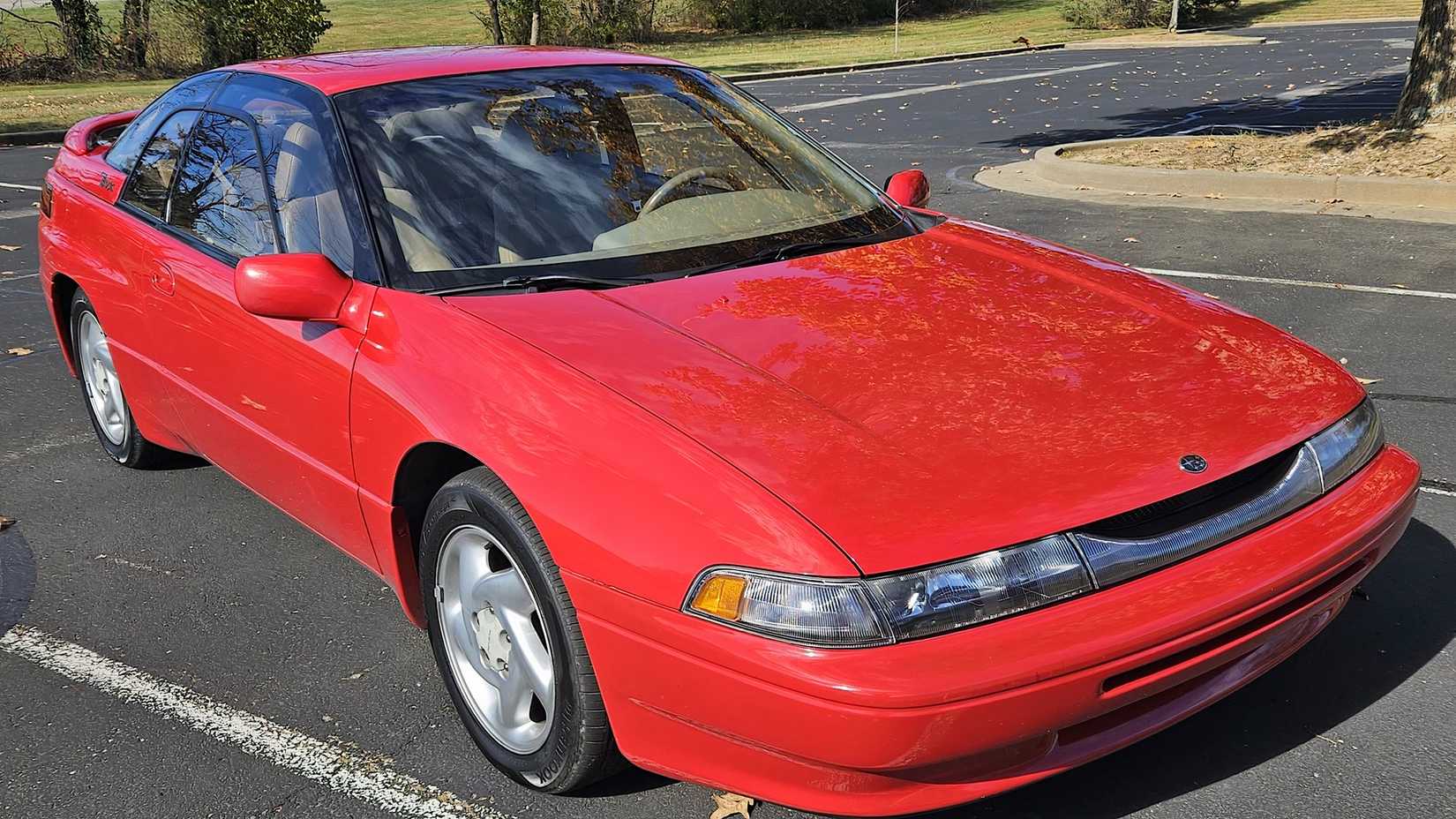
Close up front 3/4 shot of 1996 Subaru SVX in red parked in parking lotBring A Trailer
Beyond 2025, SVX examples in outstanding condition are likely to trade modestly higher than today’s values, thus reflecting inflation and general classic car tailwinds. Concours-level or perfectly restored LSi trims are likely to command outsized premiums when they hit the auction block, primarily because the supply of immaculate survivors is highly likely to shrink during this period.

1992 Subaru SVX rear 3/4 shotBring A Trailer
Auction volatility will also remain high, so portfolio-style ownership typically works better rather than just speculating on quick buy and sell flips. Practical ownership considerations will prevent this model from experiencing substantial value growth because repair complexity and limited specialist service capacity will contribute to long-term costs and risk for buyers. This typically always keeps a lid on mainstream demand.
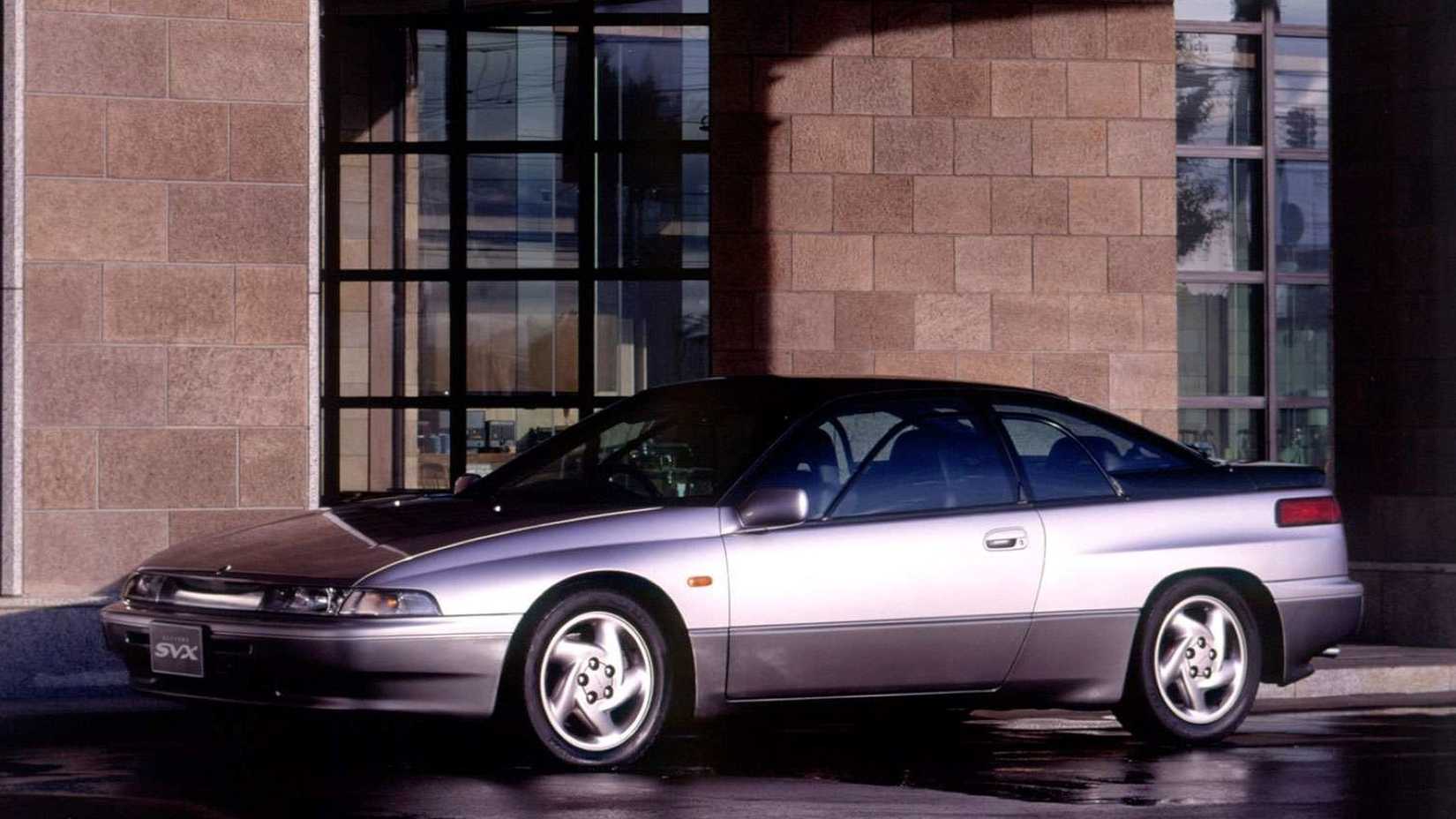
Side shot of the 1991 Subaru SVXSubaru
If a few headline sales occur showing five-figure results for authentic and low-mileage exceptionally preserved LSis, then market appeal could moderately increase and promote cultural reappraisal or a sudden surge in collector interest. If this is the case, the SVX will likely move from undervalued oddity toward steady niche collectible status with gradual price gains rather than explosive appreciation over the next decade.
Sources: The EPA, J.D. Power, Edmunds, and Hagerty


AloJapan.com